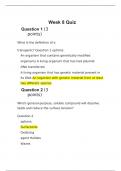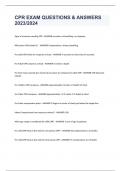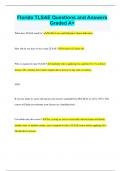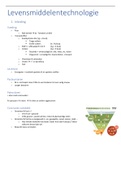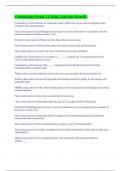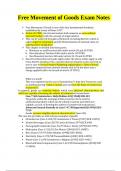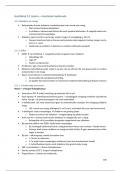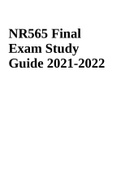Summary
Summary UCL ECONS MATH0050 Complete Study Notes
- Module
- Economics (MATH0050)
- Institution
- University College London (UCL)
• 48-pages digital & handwritten study notes for MATH0050 Logic • Seller achieved high 1st (>90%) • Organized into 3 sections: Section A (common exam questions & additional notes), Section B (list of all definitions & proofs across chapters), Section C (actual definitions & proofs (handwri...
[Show more]




